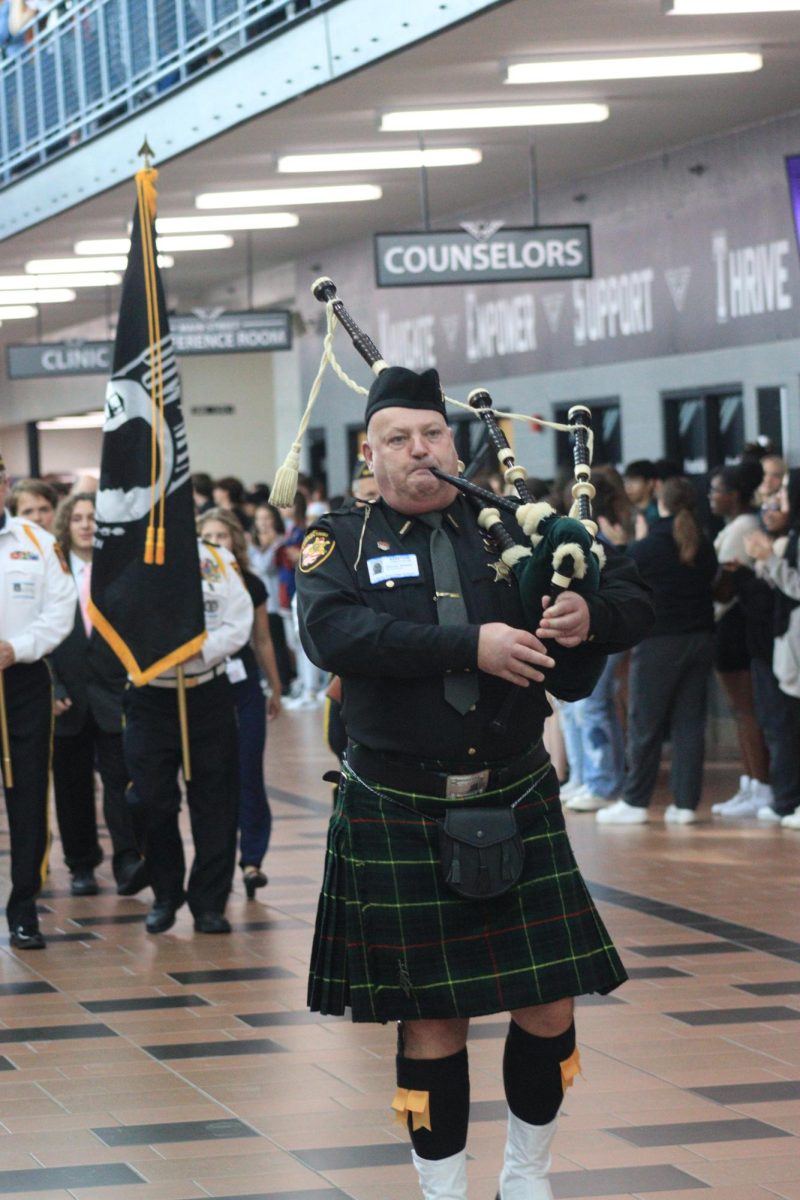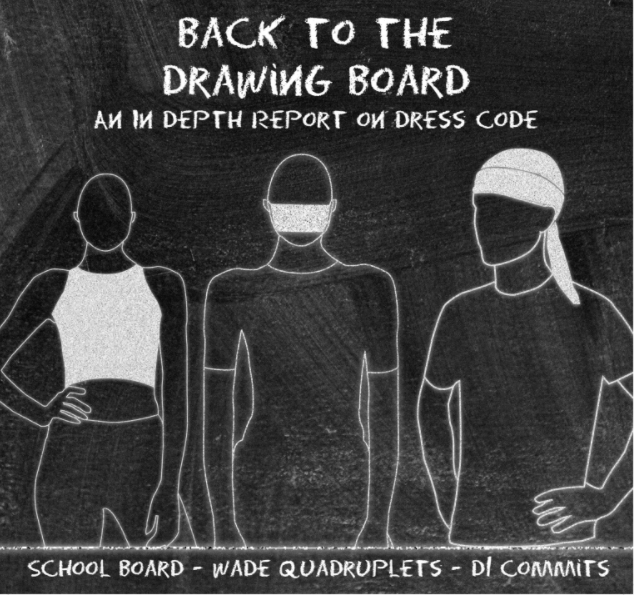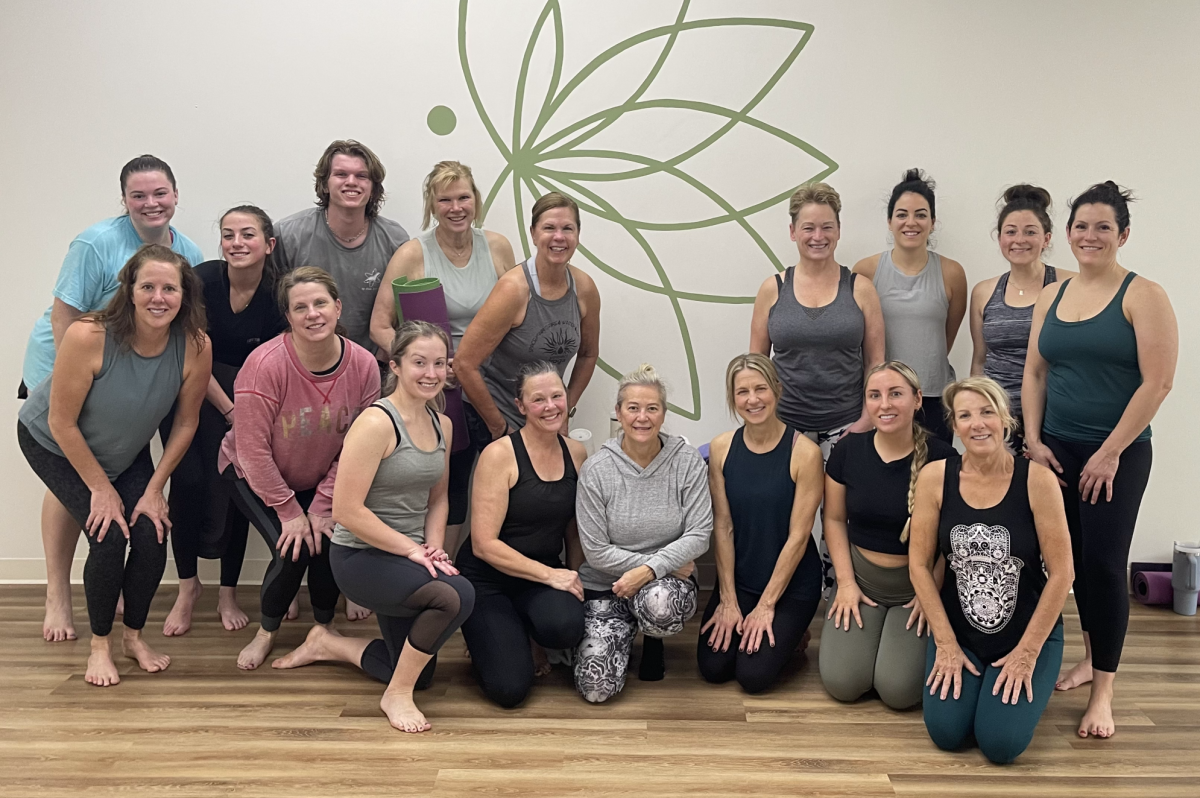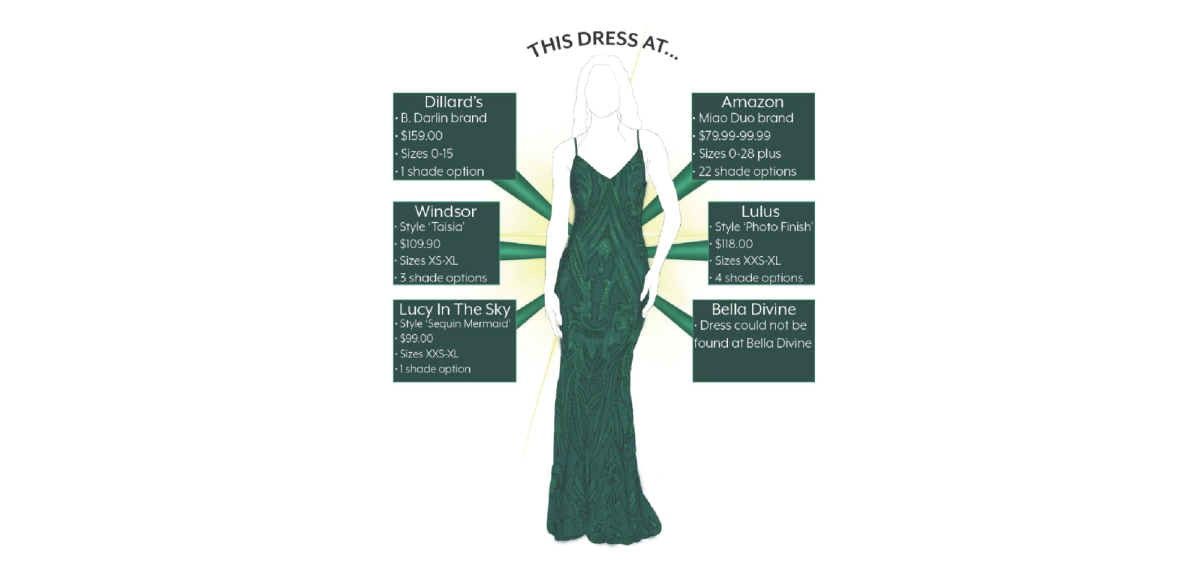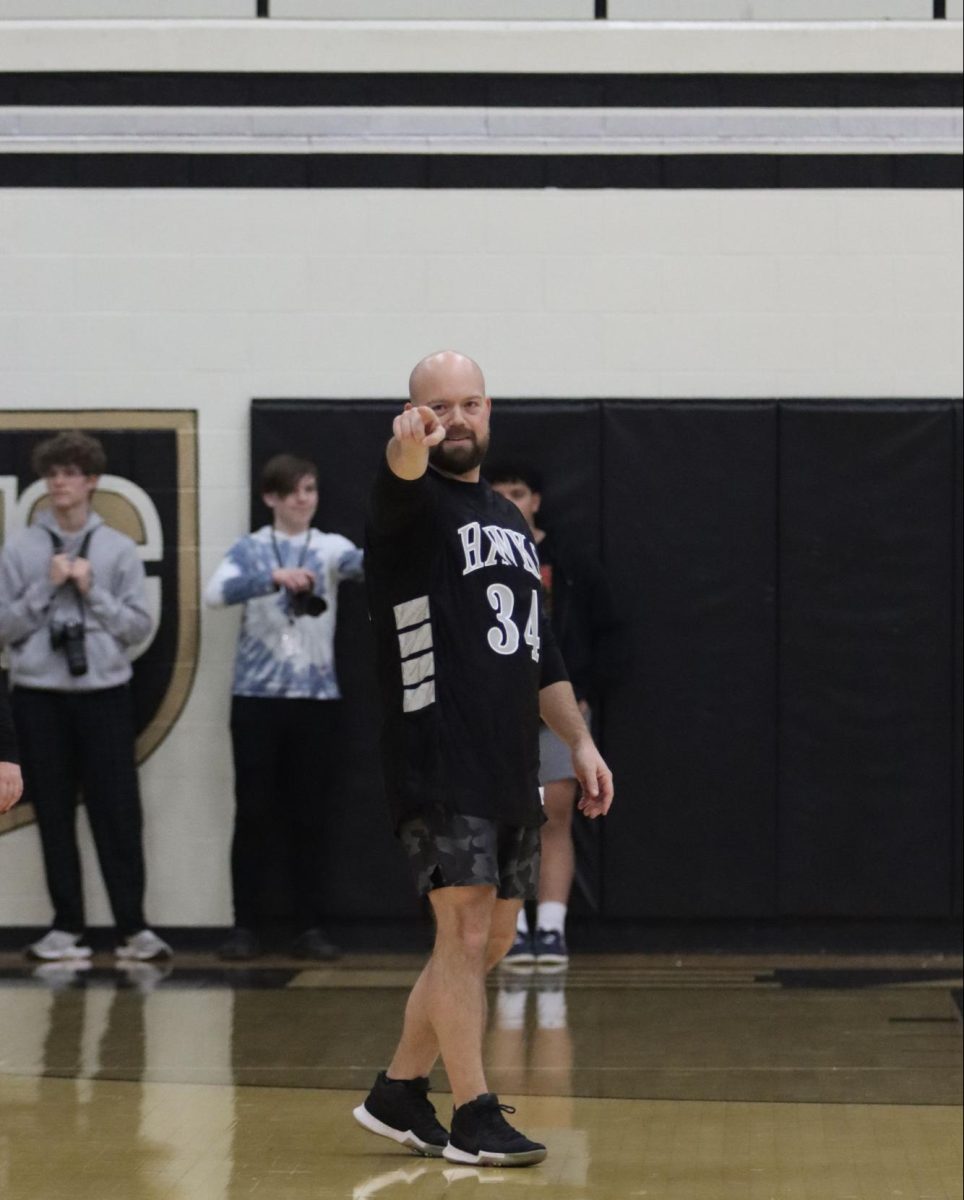New Bill Misses Mark
Ohio House Bill 227 proposes a relaxation on gun restrictions, and doesn’t require a license to carry a firearm.
January 24, 2022
COLUMN NATALIE MAZEY
PHOTOGRAPHY AUDREY ALLEN
When Alec Baldwin, while performing a scene with a prop gun, accidentally shot and killed a woman on the set of his movie “Rust”, I wondered how this could have happened. In the age of Computer-Generated Imagery, why should a gun need to be on the set of a movie in the first place? Why weren’t there practices in place to make sure a horrific accident such as this would not happen and why was there ammo in a gun being used as a prop? This isn’t the first time something like this has happened on a television or movie set; an Associated Press report found that at least 43 people had died on sets between 1990 and 2016.
This instance proved the United States as a whole needs to make gun safety a priority, passing legislation regarding common-sense gun laws. The power that can be held in the palm of one’s hand is not something that should be taken lightly, yet legislation in Ohio’s House believes the opposite. House Bill 227 states Ohioans do not have to have a concealed handgun license to carry a gun, meaning anyone 21 or older could obtain and carry a weapon as long as they do not have past run-ins with the law. This bill would make Ohio the 22nd state to not require a license.
Requiring this certification is a small step to ensure those wielding this weapon are equipped with the knowledge to handle it safely. That’s preferable to the government blindly allowing the arming of people whose motivations and knowledge are both uncertain. Those who want to obtain a license still can, but the concern lies with those who choose not to. Owning a gun requires responsibility, but failing to require a license puts up a facade that carrying a gun is something that doesn’t involve thorough understanding and respect of the decision.
HB 227 goes further to erase Ohio’s “duty to inform” law, meaning Ohioans do not need to inform an officer if they are carrying a gun when encountering law enforcement. Under current law, when a concealed handgun licensee encounters an officer, they must immediately inform the officer if they are carrying a concealed handgun. Under the proposed law, they would only need to disclose this information if explicitly asked. The legislation also clarifies people can carry guns in places of worship.
This bill is telling Ohioans to just trust in the people around them, having faith that people who choose to wield a gun not only know how to safely use it, but also will carry it responsibly. This trust that House Government Oversight Committee Chair Rep. Shane Wilkin, R-Hillsboro claims to have is rooted in naivety. Gun violence is not going away.
In 2021 alone, there were 37,828 gun violence deaths, according to the Gun Violence Archive (GVA) which collects data on shootings. Mass shootings are steadily rising; GVA reported 269 in 2014, and that number rose to 611 in 2020. The problems guns cause are far from vanishing, yet this new legislation strips away what little safety measures Ohio maintains. How will shootings decrease when more people can have a gun in their hands? How can we expect the harm guns can cause to disappear when nothing is being done to regulate the use of this deadly weapon?
To curb gun violence, it only makes sense to put restrictions on who carries one, not to open the floodgates so virtually anyone who so chooses can command a weapon capable of taking lives. Requiring background checks and banning assault rifles are simple ways to maintain both the rights of the second amendment and the safety of the general public. Ohio should be moving towards common-sense gun safety reform, not passing legislation that retrogresses.






